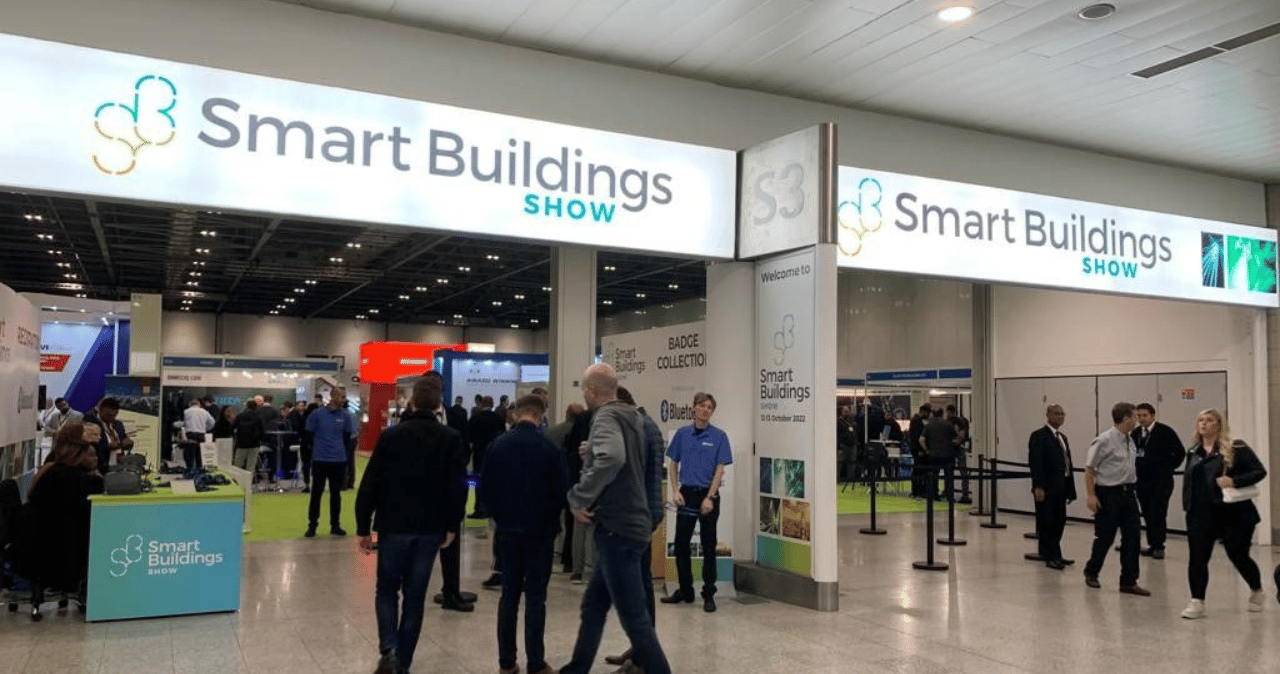The Smart Buildings Show 2022 was bigger and busier than ever before at ExCel London this year, hosting more than 80 exhibitors and three speaker stages covering a wide remit of topics. The Smart Buildings Show aimed to cover all the key aspects of creating and managing an intelligent building, including health and safety, lighting and controls, smart meters, and occupancy monitoring.
Net-zero goals
One of the core themes of the talks was the environmental impact of such work, and how the industry must adapt to these necessary changes. In his talk called “How to make existing real estate smart”, John Dente discussed the ways in which we can implement technology into older buildings, and that new builds aren’t always the answer. He acknowledged the year 2030: the year many businesses are choosing for their carbon negative goals. The steps needed to be taken from now until them are still huge strides, but with the right commitment and funding, Dente believes that these goals are certainly achievable. Adapting current buildings with integrated technology can help to gather data on efficiencies and energy usage to make provable reductions and strategy choices.
Better operations
Stephen Wreford’s talk on the four pillars of digital also recognised the sustainability argument. Efficiencies of operations through the use of automation and monitoring systems will help reduce our consumption levels and maintenance costs, creating a better world to live in and cutting business expenditure. Billy Marigold highlighted how use of analytic services can save an average of 12-20% of energy and maintenance costs per annum, as it allows this ease of access to data and analysis on how your energy can be used more efficiently.”.
Wellbeing and smart buildings?
Wreford also touched on the wellbeing angle of smart building integration, with the argument that better optimised buildings will help to create a better place to work, and therefore improve staff retention as well as give employees a more comfortable place to work. Miguel Aguado used his time on the stage to discuss how lighting should be prioritised earlier in the design process of a smart building to ensure greater wellbeing. By using WELL standards, he said, we can measure the impact of the built environment on human health and wellbeing. Every occupant of a building has a circadian rhythm that affects how they perceive light at different points of the day. By adding automation to lighting levels and the option to have occupant lighting control, all users have the freedom to have the lights however suits them best in different rooms.
Magenta attends numerous industry events and conferences throughout the year. Check our sector news blog feed for other event recaps.









